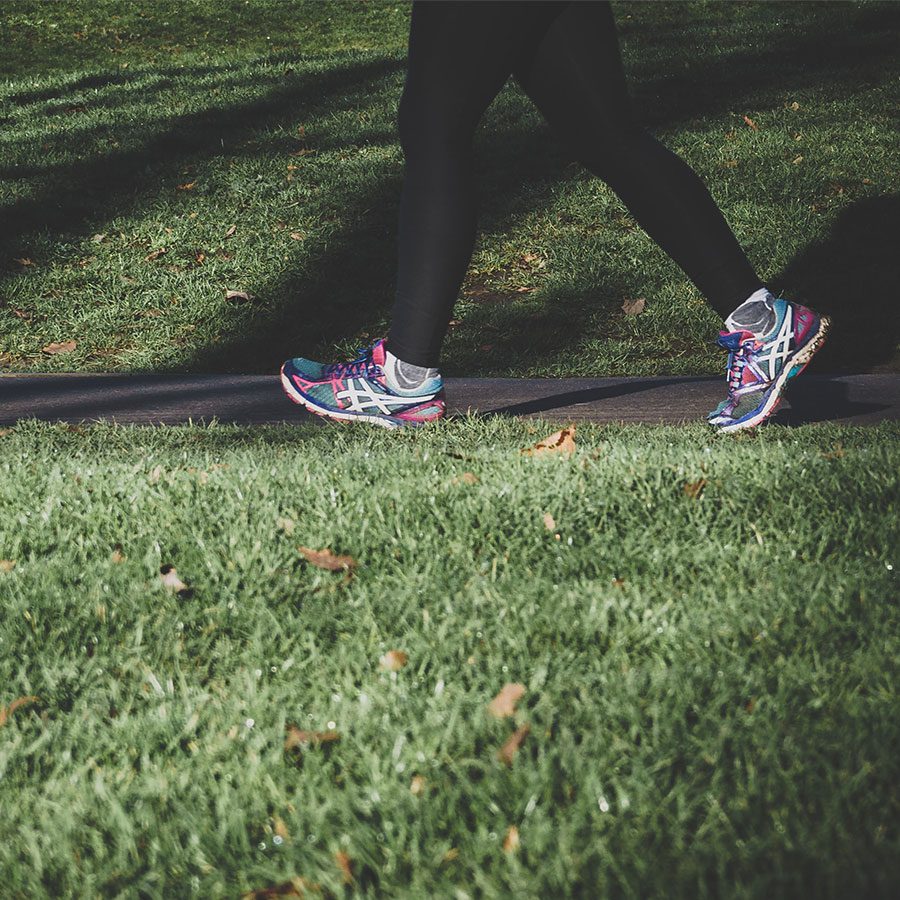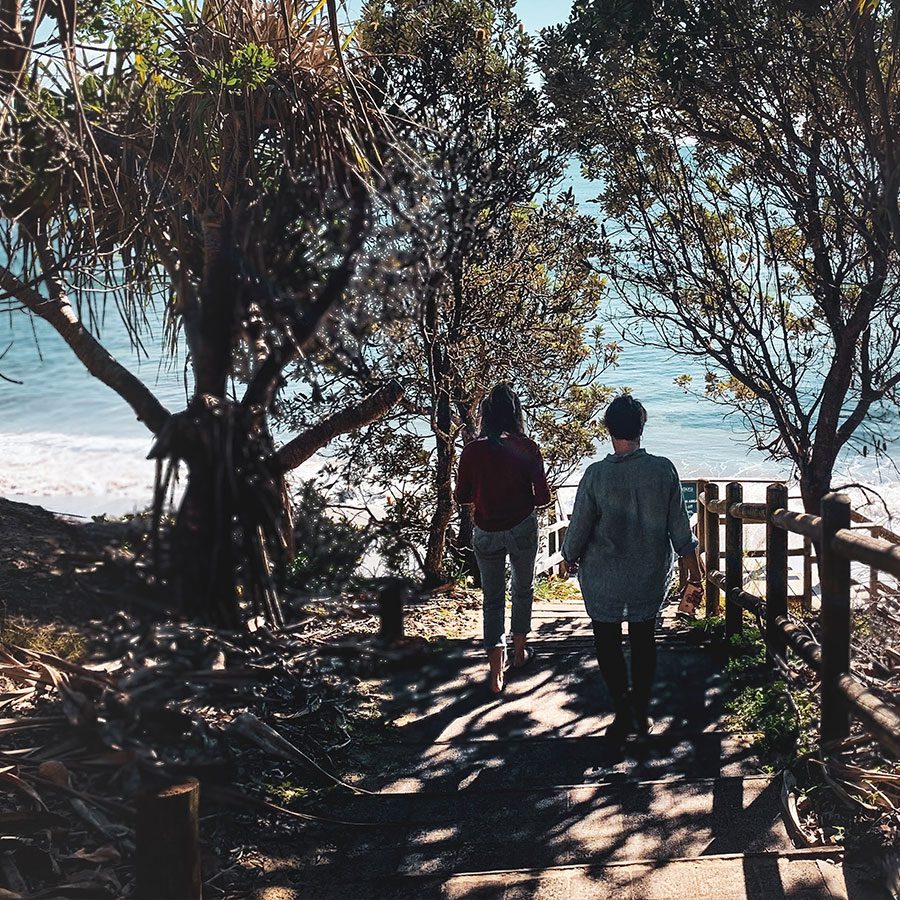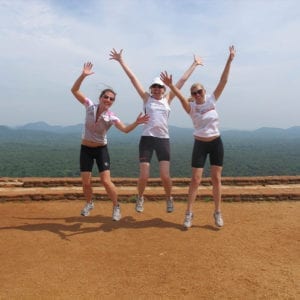When preparing for a physical challenge, it’s important to keep your training consistent to give yourself the best chance at success. But, there are different considerations to make when training depending on the time of year.
As we head into the Southern Hemisphere summer, here are some tips for training safely during the hotter months.
1. Stay hydrated
This tip may seem obvious, but it is extremely important! When you leave the house, ensure you have sufficient water with you, and some back-up supplies. For a day hike, this could look like carrying 3L of water with you and additional hydration tools like electrolytes. Make sure to drink consistently throughout the day and to have enough water with you that you don’t need to worry about ‘rationing’ it for the day. Using a water bladder in your day pack can make accessing water much easier.
2. Take regular breaks
Making regular rest stops is very important to keeping up your energy across several hours and avoiding exhaustion. Take this break as an opportunity to rehydrate, have a snack, and just admire the view. Trust us - you’ll be grateful you did!
3. Choose time of day carefully
A beautiful sunny day may sound like that perfect opportunity for a hike, but beware of the impacts of heat and direct sunlight. Ensure you have your route planned to train during cooler times of the day, and in sufficient shade to avoid dehydration and heat exhaustion. Check the weather before you depart, keeping in mind also that temperatures can differ across your chosen trail, with an increase in altitude generally meaning colder temperatures. Ensure you also check the fire conditions, and avoid hiking in risky conditions. If the day is looking to be very hot, it is wise to set out early in the morning so as to avoid the hottest part of the day.
4. Be sun safe
In addition to staying hydrated and out of direct sunlight where possible, ensure you are protecting yourself from the sun with sunscreen, a hat, sunglasses, and even a long (but lightweight) trekking shirt and pants. Familiarise yourself with the application recommendations on your sunscreen and set a timer to remind yourself to reapply regularly, and choose a hat with a wide brim.


5. Beware of the signs of heat exhaustion
Even with all of the above precautions taken, heat exhaustion or heat stroke can remain a real risk. Pushing yourself to continue training when you are experiencing these symptoms can have significant consequences, so it is really important that you can recognise these signs.
Signs of heat exhaustion include headache, nausea, dizziness, weakness, and increased body temperature. Heat stroke is far more serious and occurs when the body is no longer able to control its temperature. Signs include confusion, slurred speech, or profuse sweating. Heat stroke symptoms require immediate medical attention, while heat exhaustion can usually be managed by staying hydrated, cool, and resting.
6. When hiking remotely, be prepared
Though this tip is applicable year round, it is especially important during warmer months to be well prepared when tackling a day hike. Unless you are very familiar with the trail, never trek alone and ensure that a loved one is aware of where you are going for the day. Sun exposure and dehydration risk in addition to remote hiking can be very dangerous, which is why it is important to consider all of the risks and how to manage them ahead of time. For more remote trails, you may wish to bring a satellite phone or emergency beacon and register your route with the ranger station.
7. Beware of insects
As we all know, there’s nothing worse than when your time outdoors is ruined by some pesky bug bites. Whilst many bug bites will leave you with an annoying itch for a few hours, others can be far more dangerous so it is important to ensure that someone in your hiking group has brought along insect repellent. We recommend using an eco-friendly brand, but do some research on the area you are planning to train in, as stronger repellants may be required.
8. Be forgiving to yourself
Last but not least, remember that it is normal to find exercise more difficult and to tire more quickly in warmer weather. A trail that you may have had little trouble with during winter may feel more challenging, and it is important to set those expectations with yourself and know that just by training, you are making progress.
Liked this article? Here's another you might like:





